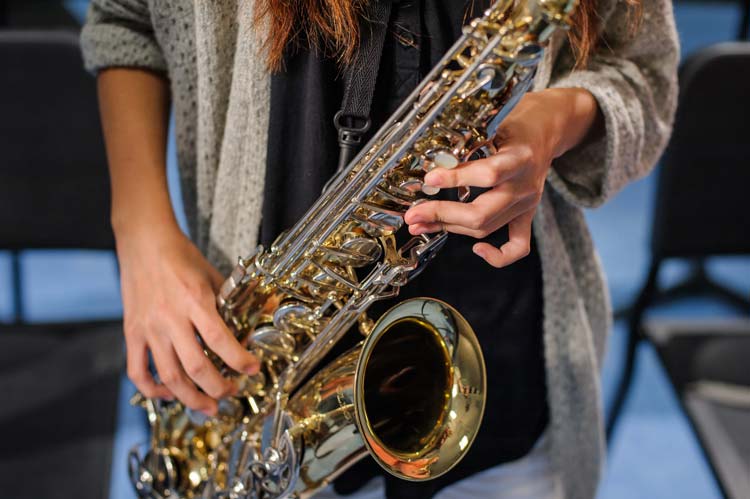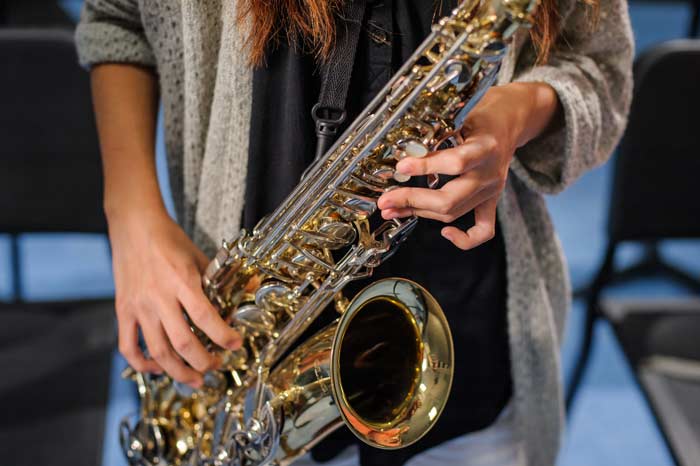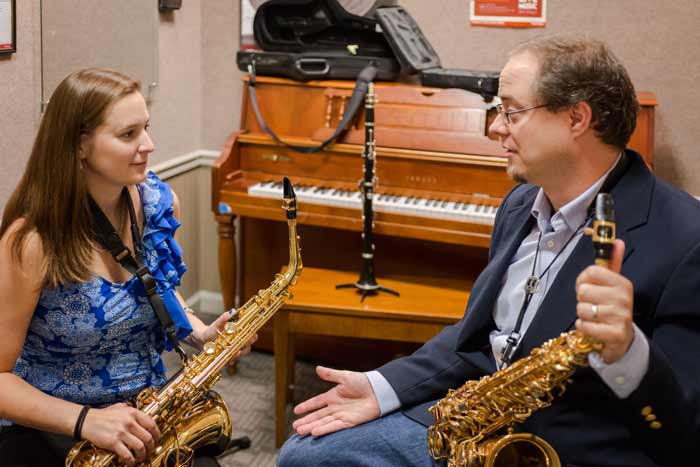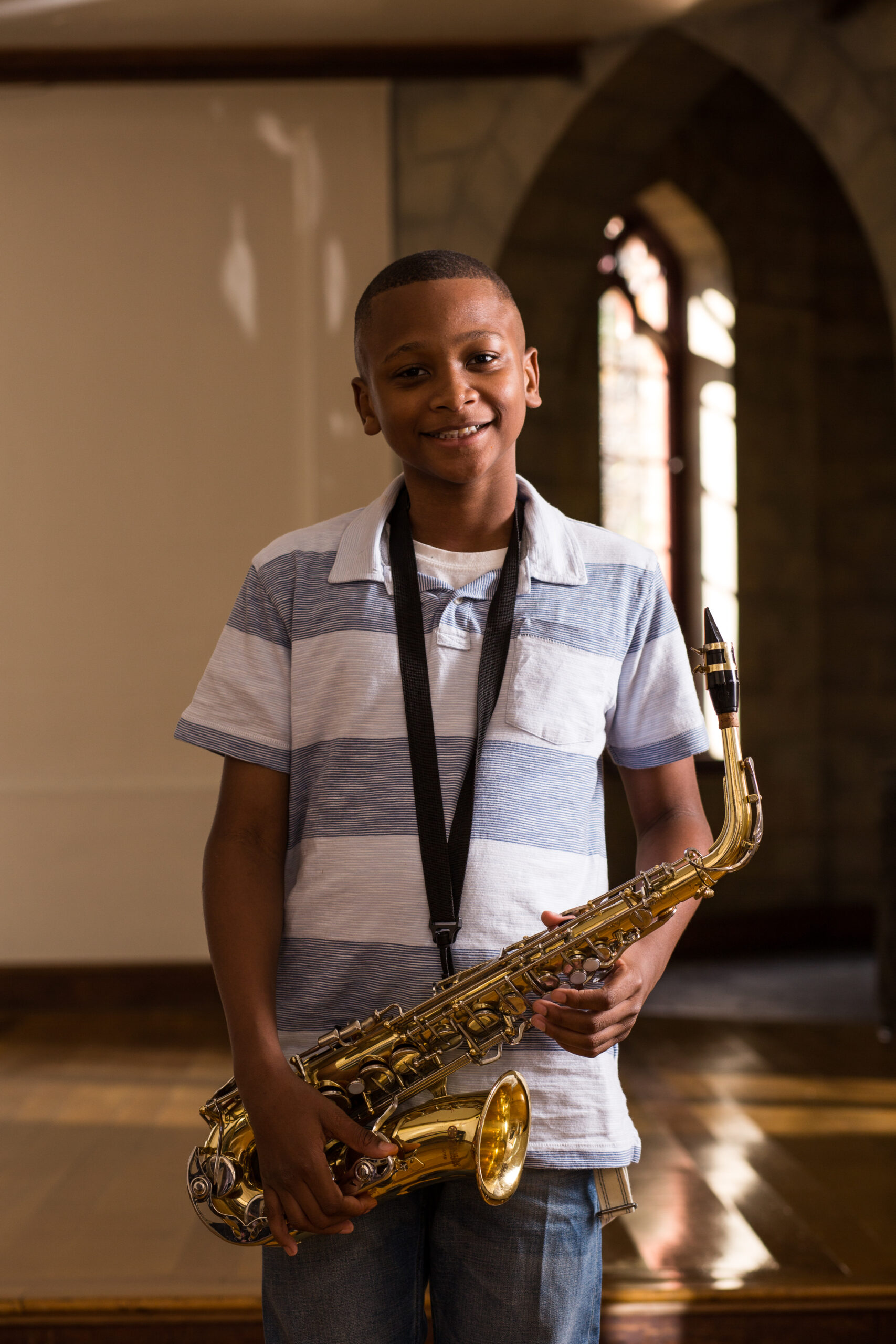October 05, 2015
It’s All About the Mouthpiece & Reed: Finding the Right Ones for Your Students
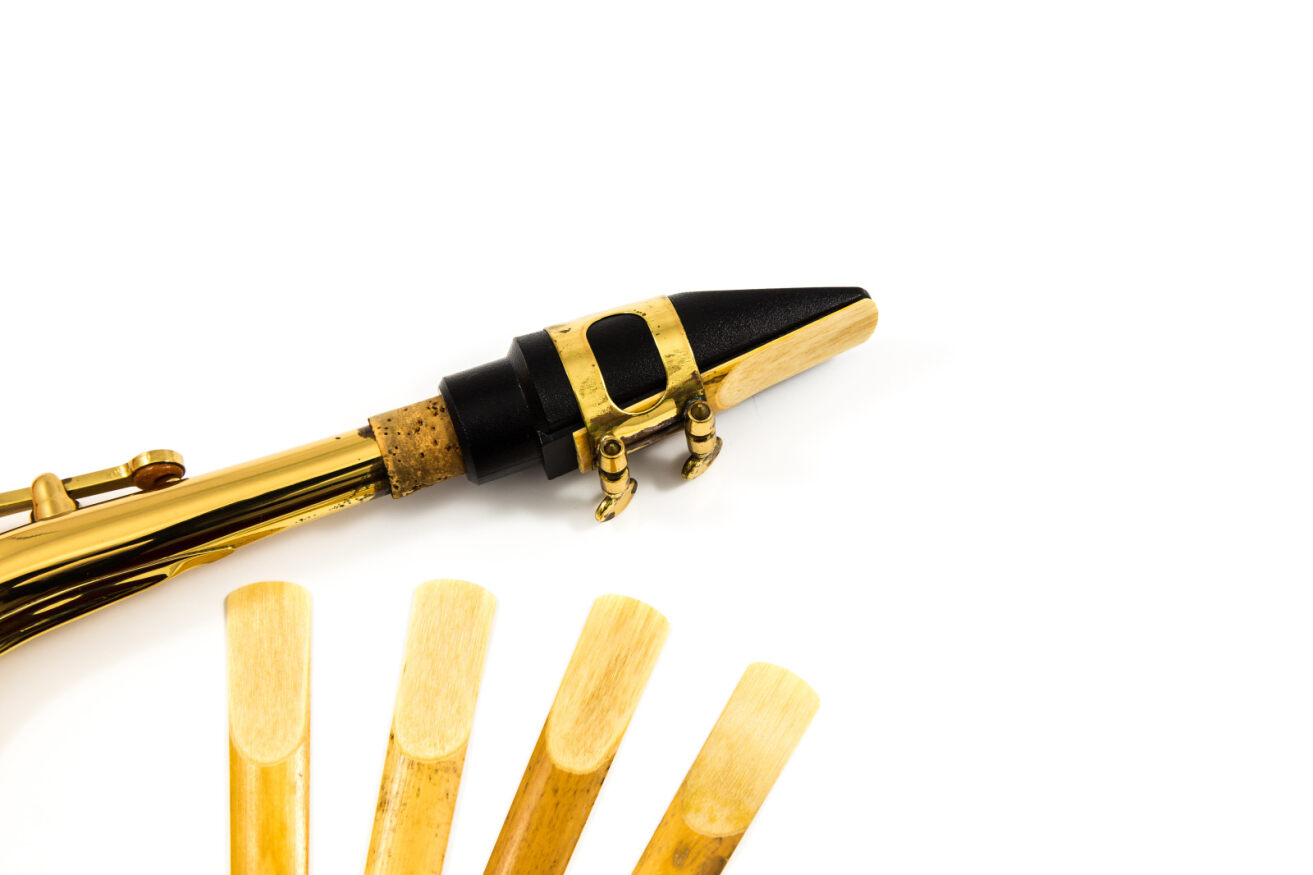

The mouthpiece and reed combination in clarinets and saxophones is critical to the success or failure of your students. Having the right ones means barely tolerating or not liking to play to absolutely loving playing and joining band. I see it happen all the time and it’s a beautiful thing. After all, mouthpiece and the reed affect the sound and how the instrument plays more than any other part of the instrument.
Everyone plays the mouthpiece and reed the teacher recommends.
The same mouthpiece and reed won’t work as well for everyone because we’re all physically different, in our embouchures, practice habits and brands of instruments.
I guarantee you that there is an optimal mouthpiece and reed combination out there for each student. All you have to do as a music educator is help them find it. Here are some common-sense tips to help guide you:
Tip Opening and Chamber
Tip opening is the distance between the reed and tip of the mouthpiece. Mouthpieces for concert band and classical music usually have small tip openings and large chambers, for a warm, softer sound. Jazz mouthpieces generally have larger tip openings and smaller chambers for a louder, brighter sound. For more projection, go for a smaller chamber and for less, go for a larger one.
The Right Tip Opening
For the majority, the most common tip opening of a particular model is the best choice. Start with the most popular tip opening of a model and then try one tip opening smaller and one tip larger. For players who play less than two hours a week, go for a smaller tip opening in that model.
Chamber Shapes and Facing Curves
Many different chamber shapes can be seen by looking into the mouthpiece from the shank end (opposite from the tip). Square, round and horseshoe are the most common shapes, and these help shape the character of the sound. Some people sound better with one shape over the other. Only by play testing can you tell which is best for an individual.
Facing curves are where the curve starts in relation to the tip of the mouthpiece, and can be long, medium or short. These affect the sound and playability of the mouthpiece and again, you have to try the mouthpiece. When I fit a sax section for mouthpieces it’s rare that each player chooses the same. That’s the beauty of having several to choose from.
The Right Reed
Classical mouthpieces work best with relatively harder reeds like a 3 to 3.5. Jazz mouthpieces use a softer reed like a 2 or 3. The most important part is getting the right strength reed. If the sound has too much hiss or air, then the reed is too hard. If high notes sound weak and flat then the reed might be too soft.
Use your Music & Arts’ Educational Representative
Any Ed Rep’s number one goal is to help make students more successful so they love band. Major manufacturers want that same success, too, and most make trial kits available to dealers so students can try various models.
When you have the right mouthpiece and reed combination, you can hear it instantly. It’s the best first step to more joy in band.
Good luck and great music!
About the Author:
Jody Espina is founder and president of JodyJazz Saxophone and Clarinet Mouthpieces. He is a highly regarded Jazz saxophonist, clarinetist and flutist with a unique and personal sound and is also a respected Jazz educator.




